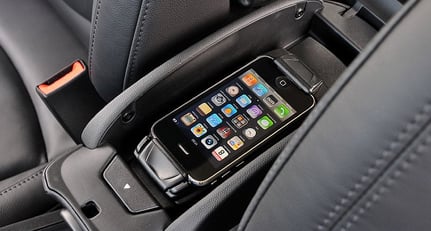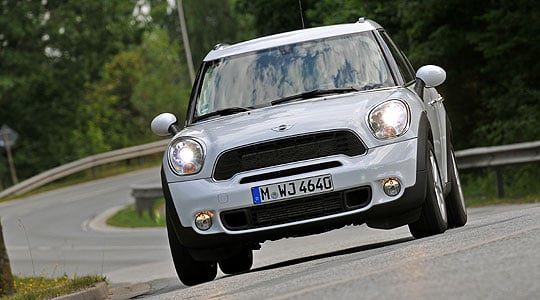
Do you remember the Austin 1800? The so-called 'Land Crab' of the 1960s was the biggest in the British Motor Corporation's series of transverse-engined, front-wheel drive cars designed by Alec Issigonis. It had an extraordinarily stiff body structure for its time, a huge cabin and the toughness to perform rather well on long-distance car rallies. It was, in essence, a giant Mini.
And now there's another giant Mini, although this new one retains the Mini name despite being anything but small. It is just five inches – 127mm, for younger readers – shorter than the Land Crab, a car we thought large back in its day, and considerably heavier. If ever a car epitomised the rampant size excess that has taken over today's cars, the new MINI Countryman is it.
We all know why this is: people are bigger, they're more safety-obsessed, they want more gadgets. Fortunately, today's engines are massively more efficient so they more than make up for the extra effort needed to haul today's supersize cars along, but that doesn't stop the Countryman being a slightly grotesque parody of what a Mini, by definition, should be.
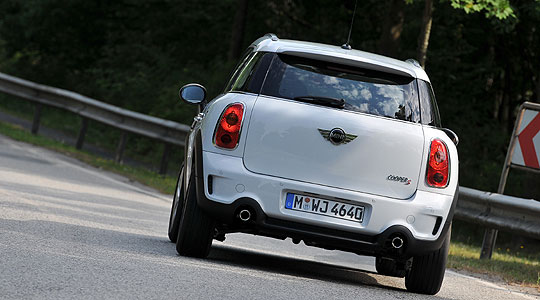
Displayed at the driving event was the mechanical skeleton of the top model, the Cooper S ALL4, which has a turbocharger and four-wheel drive. That makes it a MINI SUV with a smattering of off-road ability. You could have put an entire original Mini within the Countryman's wheel plan, if not quite within its wheelbase. But not to worry, because the Countryman still has a 'go-kart feeling' according to the information pack. Not too much of one, though, because the four-wheel drive with its electromagnetic clutch-type centre differential and various traction and stability systems will all keep you safe and protect you from too much fun.
Rauno Aaltonen, legendary past rally driver (notably in original Minis) and nowadays a MINI 'brand ambassador', is having to live a schizophrenic existence. “I love front-wheel drive cars that you can steer on the throttle,” he told me (as Aaltonen the sideways-everywhere, handbrake-turning rally man). “You want to feel the tail moving out when you come off the power.” Then we sidetracked onto the ALL4's torque splits – up to 100 per cent of torque can head rearwards when the front wheels are spinning hopelessly – and suddenly it was how the Countryman ALL4 grips and grips and sticks precisely to its path and how you “really have to provoke it to get it to slide even a tiny bit” (as Aaltonen the marketing tool kicked in). Which is admirable in its way, and was imparted as a strong positive, but is directly counter to all that Aaltonen holds dear.
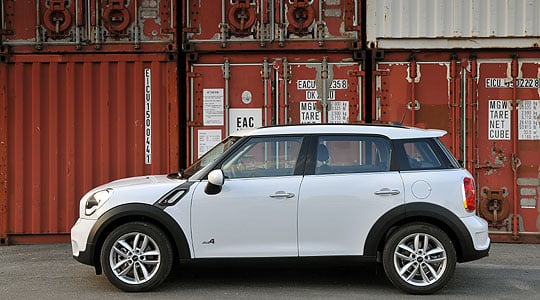
Seen from afar, the Countryman looks broadly like a more normal-sized MINI that's a bit nearer. The gentler versions have a radiator grille of angular rather than half-oval design, just as a Mini Mk2 did compared with a Mk1, but for the Cooper S the grille's lower edge rises to accommodate an extra intake for the turbo's intercooler. At the back, the number plate is moved down to the bumper but the vertical tail-lights and the broad shoulders remain.
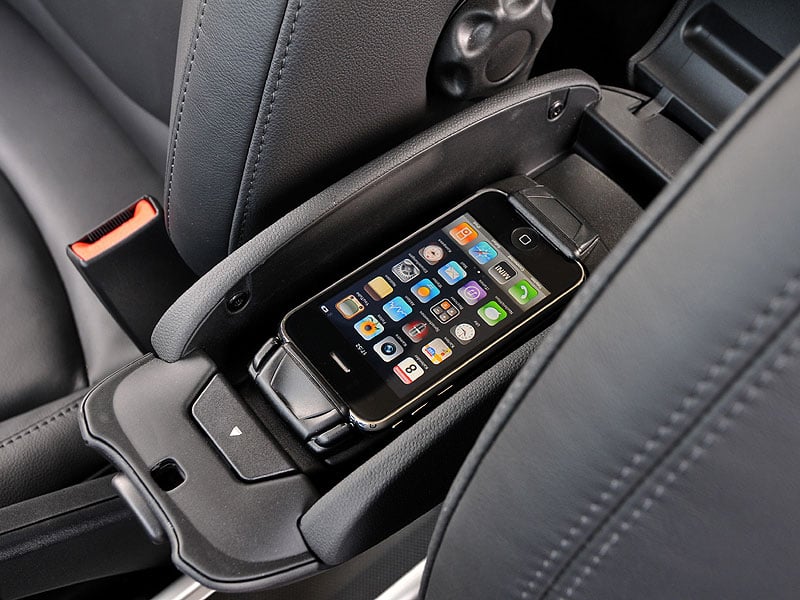
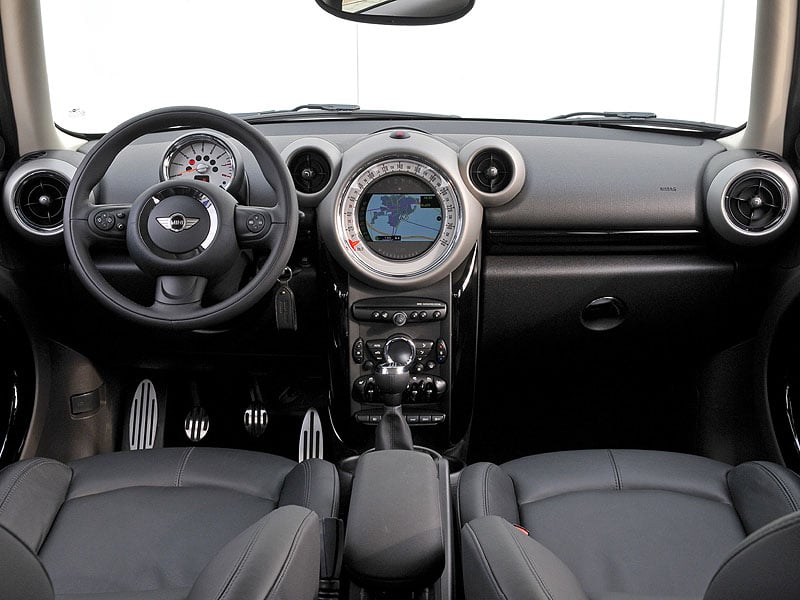
The side view is where credibility gains its greatest stretch. Literally. This is a car with four proper side doors, plus extra rear-quarter windows. The wheelarches are vast, as they need to be to accommodate wheels of up to 19in diameter – should the extensive options list be plundered.
Inside, the larger-than-life theme continues. An enormous circle in the middle of the dashboard has a speedometer scale creeping around its edge and various displays in its middle. The circle's diameter is at least twice that of an original Mini's central speedo. A menu-driven control system unsurprisingly like BMW's iDrive shows its workings on that central screen and, if you specify the MINI Connected option, you can get your Apple iPhone to connect the Countryman continuously to the Internet. Streamed digital radio, Facebook, Twitter and who knows what else are perfectly integrated into the MINI menus in an impressive feat of electronic marriage, as if they are 'native' to the car. Phones using the Android operating system aren't yet catered for in this way, but it's coming.
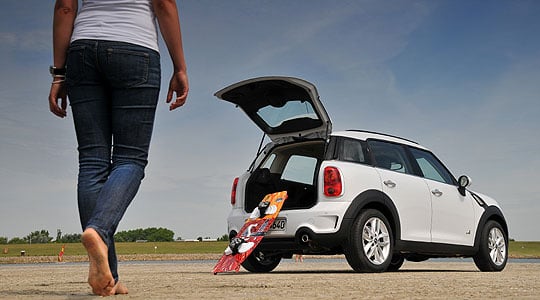
One reason the Countryman is so tall and chubby is that it seeks to retain regular Mini/MINI proportions while being a proper family car. It has very generous rear legroom, helped by sliding rear seats which can either be a pair of individual chairs or a split three-person bench. If the former, then the storage rails that run along the cabin's centre line can extend back between the rear seats so you can attach yet more cupholders, glasses cases and suchlike. The downside is that luggage stored in the surprisingly useful boot is visible through the gap between the seats.
Does it drive like a MINI? You have to acclimatise to the size and the high seating position, but the windscreen shape and that familiar dashboard design soon make you feel at home. I drove the Cooper S ALL4, now with throttle-less Valvetronic camshaft actuation for its 184bhp, 1.6-litre, direct-injection turbo engine and, despite its weight, the Cooper S felt keen and very torquey. Smooth and quiet, too. How well the lesser engines will cope remains to be seen – they include 122 and 98bhp non-turbo 1.6s, plus a pair of BMW-sourced 1.6-litre turbodiesels of 90 and 112bhp, the lowest-powered engines destined for the MINI One – but only the S and the more-powerful diesel can be had with four-wheel drive. ALL4 is not for One.
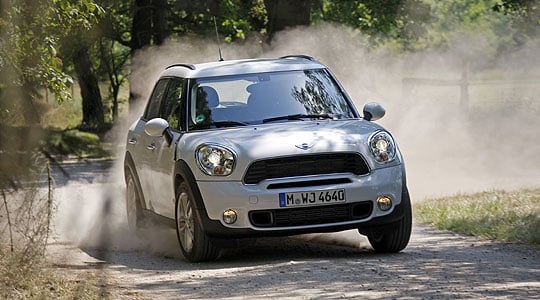
One recurring problem with current MINIs is a weak detent guarding reverse gear, which is next to first, so it's too easy for the unfamiliar driver to head off backwards when the traffic lights change. You soon learn the required lightness of touch. The standard stop-start system can be caught out, too, if you start to press the clutch and immediately release it again – as you might if the driver in front has had second thoughts. The engine will stop again and, when it's finally time to move off, you then have to restart it yourself as frustration builds behind you. Mostly, though, it functions quickly and easily.
The suspension is firm but not harsh, which helps give some sort of modern MINI feeling, and PTFE anti-roll bar bushes help minimise the lateral rocking sometimes felt in tall cars in which you sit well above the roll axis. The steering is quick, too, and broadly accurate in its slightly rubber-layered guidance but, as usual in a MINI, the Sport button serves to annihilate any natural feel of the road by imparting a resistance to steering-wheel movement which, at speed, feels as though the grease in the steering rack has solidified.
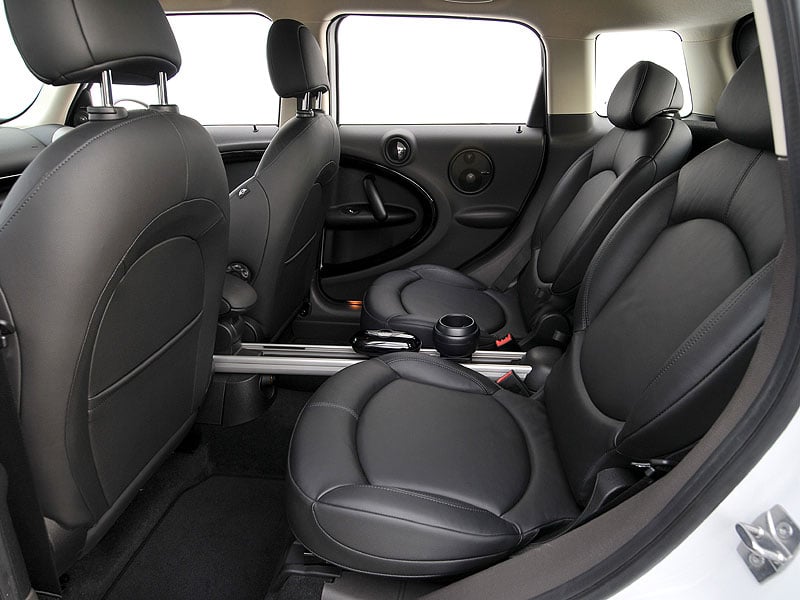
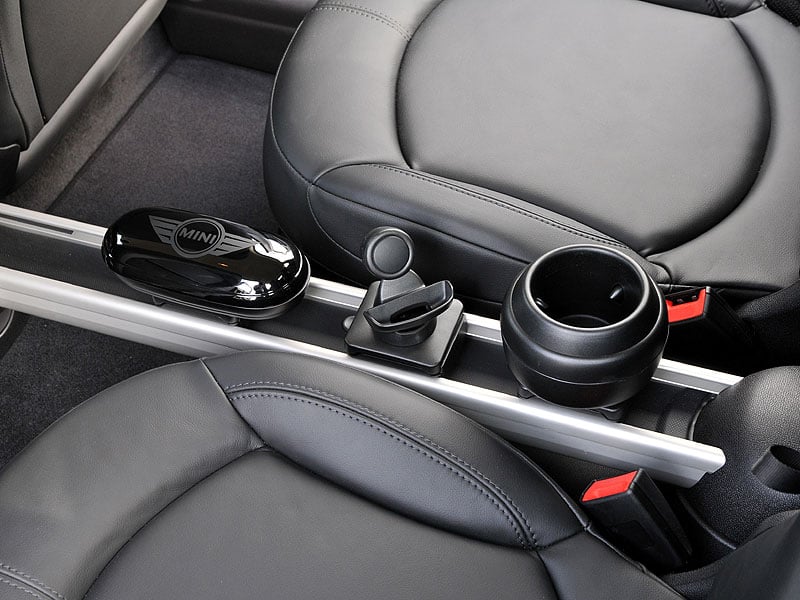
This is supposed to make you feel connected to the road, but it's a crude illusion. The standard setting, although also devoid of true feel as electric steering inevitably is, does at least have credible weighting and won't make your wrists ache with the constant effort of small corrections.
And yes, it grips gamely, so gamely that it isn't actually much fun apart from the transient g-forces. This MINI's dynamics are a metaphor for the modern car-world, foolproof and undemanding with a superficial 'sportiness' and no real kinetic personality to uncover. And that, I'm sure, will suit many people just fine, even at a likely £22,000 for this Cooper S ALL4. But is it a MINI? Only if I look through the wrong end of the binoculars.
Text: John Simister
Photos: MINI
ClassicInside - The Classic Driver Newsletter
Free Subscription!
